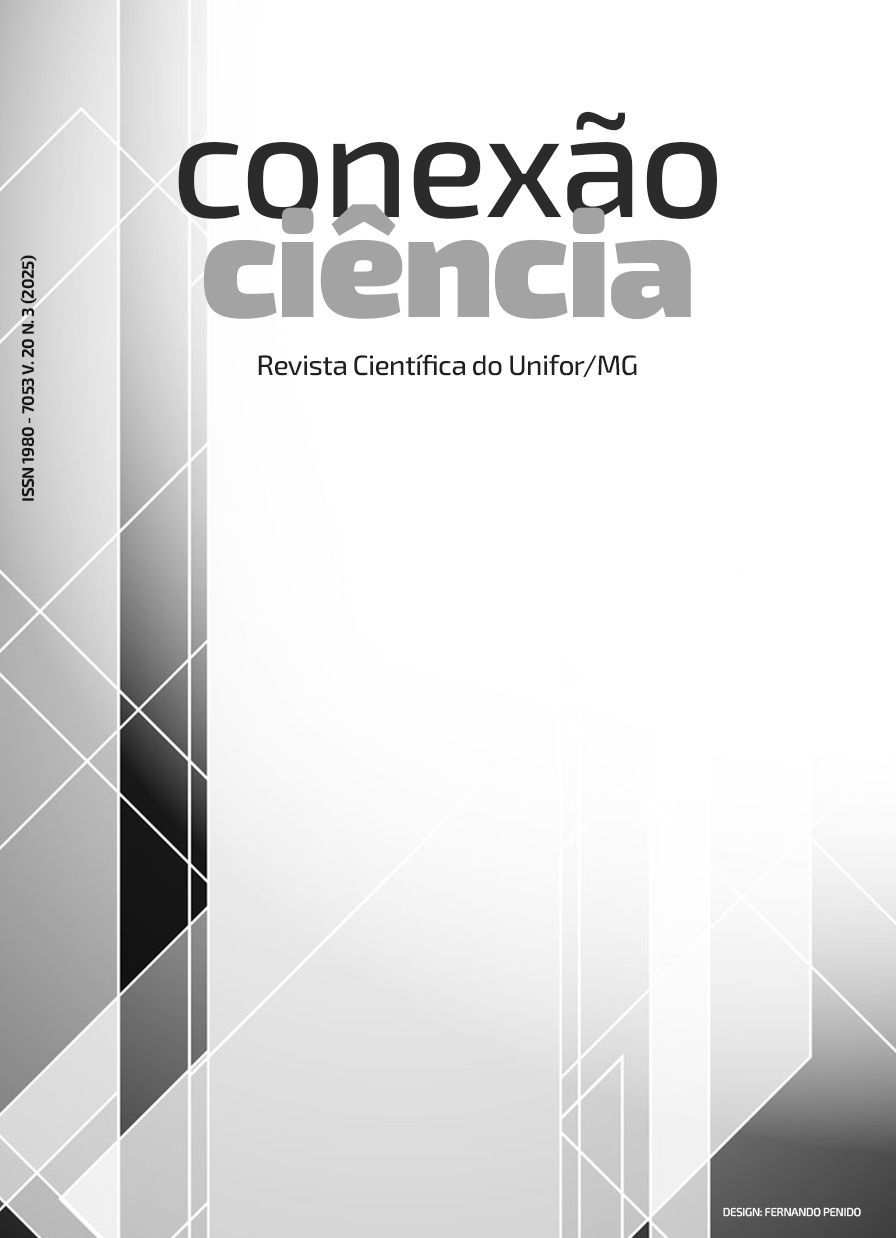O perfil funcional e risco de quedas em idosos hipertensos associados à polifarmácia
DOI:
https://doi.org/10.24862/cco.v20i3.2057Abstract
Introduction: The aging of the population is associated with the prevalence of chronic non-communicable diseases, such as hypertension, favoring the exposure of this population to the use of multiple medications and to the increase in physical and mental disabilities. Objective: To evaluate the functional profile and risk of falls in elderly hypertensive patients associated with polypharmacy. Methods: A cross-sectional study with a sample of 36 elderly people of both genders, diagnosed with arterial hypertension, distributed in: Non-Polypharmacy Group(GNP) and Polypharmacy Group(GP). Sociodemographic and anthropometric data, clinical data, WHODAS 2.0, TUG and assessment of handgrip strength using a dynamometer were used. Results: Predominance of female elderly, with a mean age of 67.0±4 years, low education, social class C, D and E, as well as predominant use of SUS. Both groups are considered overweight. Both the groups presented an average amount of 2.88 and 6.55 drugs, respectively. The GP showed a significant decline in gait speed compared to the GNP in the TUG. In WHODAS 2.0, there was no difference between the groups, despite a tendency towards greater disability in interpersonal relationships in the GP(p=0.08). The handgrip strengths with no significant differences between the groups. Conclusion: Elderly people with polypharmacy have a higher risk of falling.
Downloads
Downloads
Published
How to Cite
Issue
Section
License
Copyright (c) 2025 Conexão Ciência Online

This work is licensed under a Creative Commons Attribution 4.0 International License.



